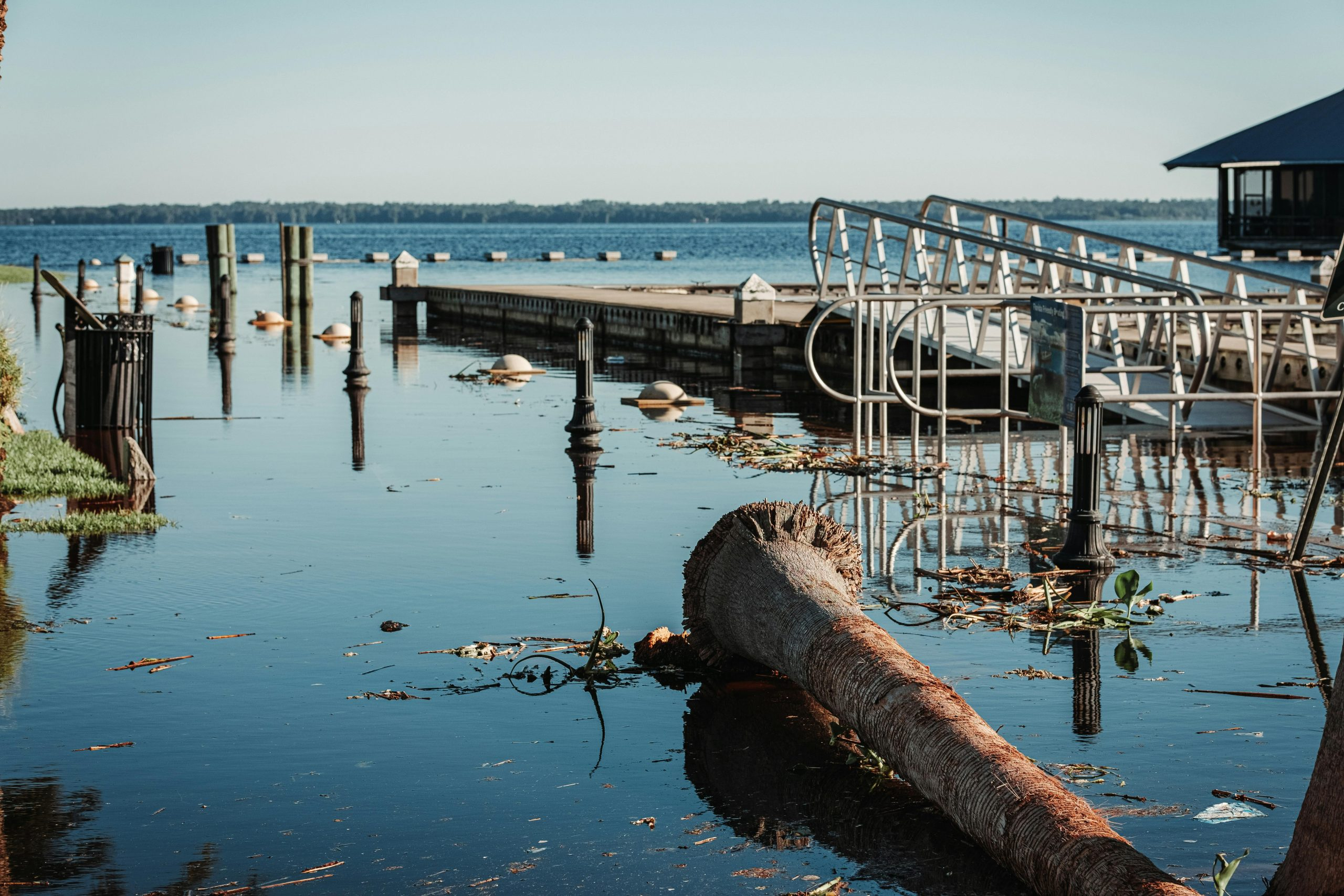Flood Zone Flipping: Profiting from Climate-Resilient Renovations
Are you a real estate investor looking to make a profit while also making a positive impact? If so, flood zone flipping may be the perfect opportunity for you. With climate change causing an increase in severe weather events and flooding, the demand for climate-resilient properties is on the rise. By renovating homes in flood-prone areas to withstand extreme weather, investors can not only turn a profit, but also contribute to building more resilient communities. In this article, we will delve into the world of flood zone flipping and explore the potential for both financial and societal gain.
The Rise of Flood Zone Flipping
The term “flood zone flipping” refers to the practice of purchasing properties in flood-prone areas, renovating them to withstand extreme weather and selling them for a profit. This trend has gained significant traction in recent years, as severe weather events and flooding become more prevalent due to climate change. In fact, a study by the National Oceanic and Atmospheric Administration (NOAA) found that from 1998 to 2018, the United States experienced 241 weather and climate disasters, with total damages exceeding $1.6 trillion.
As a result, homebuyers are becoming increasingly aware and cautious of purchasing homes in flood-prone areas. This can make it difficult for sellers in these locations to find buyers, leading to properties remaining on the market for extended periods of time. This is where flood zone flipping comes in – by renovating these properties to be climate-resilient, investors are able to attract buyers who are looking for homes that can withstand extreme weather events.
The Benefits of Flood Zone Flipping
Financial Gain
The most obvious benefit of flood zone flipping is the potential for financial gain. By purchasing a property in a flood-prone area at a lower price and renovating it to be climate-resilient, investors can sell it for a higher price, thus turning a profit. Not only that, but these properties are also in high demand, as more and more homebuyers are looking for climate-resilient homes. This can lead to a quicker sale and even bidding wars, allowing investors to potentially earn even more money.
Contribution to Resilience Efforts
Aside from the financial benefits, flood zone flipping also allows investors to contribute to the efforts of building more resilient communities. By making these properties more resilient to floods and other extreme weather events, investors are helping to mitigate the risks and damages caused by climate change. This not only benefits the future owners of the property, but also the surrounding community by reducing potential impacts and costs of severe weather events.
Social and Environmental Impact
Flood zone flipping also has a positive social and environmental impact. By renovating old properties, investors are reducing the need for new construction, which can have negative impacts on the environment. Additionally, by providing affordable and resilient homes in flood-prone areas, investors are promoting social equity by not only creating a housing option for those who may not have had one before, but also helping to prevent displacement due to rising housing costs in other areas.
The Importance of Proper Renovations
It is important to note that flood zone flipping is not just about increasing property values, but also making necessary and responsible renovations. Proper renovations include implementing strategies to reduce the likelihood of flood damage such as elevating the property, installing flood vents, and using flood-resistant building materials. These renovations must also follow local laws and regulations to ensure that the property is compliant with flood zone building codes.
Risks to Consider
As with any investment, there are also risks to consider when it comes to flood zone flipping. One key risk is the unpredictability of extreme weather events and their impact on the property. While proper renovations can greatly reduce the risk of flood damage, there is no guarantee that a property will remain unharmed in the face of severe weather.
Another risk to consider is the potential for insurance costs to be higher in flood-prone areas, which can greatly impact the profitability of a flipped property. It is important for investors to thoroughly research and understand the insurance costs and requirements for properties in flood-prone areas before making a purchase.
Finding Opportunities for Flood Zone Flipping
So, where can investors find opportunities for flood zone flipping? One option is to search for properties in areas that have a high risk of flooding, but also have proposed resilience measures or plans in place to mitigate these risks. This can include areas with planned flood control infrastructure or areas that are designated as “Opportunity Zones” by the U.S. government.
Additionally, investors can work with real estate agents or brokers who specialize in flood zone flipping or have experience in working with properties in flood-prone areas. These professionals can help identify potential properties and provide valuable insights and guidance throughout the flipping process.
In Conclusion
Flood zone flipping presents an opportunity for real estate investors to not only turn a profit, but also make a positive impact on communities and the environment. By investing in and renovating properties in flood-prone areas to be climate-resilient, investors can contribute to building more sustainable and equitable communities. With proper research, responsible renovations and a willingness to take on potential risks, flood zone flipping can be a lucrative and rewarding venture for any real estate investor.











